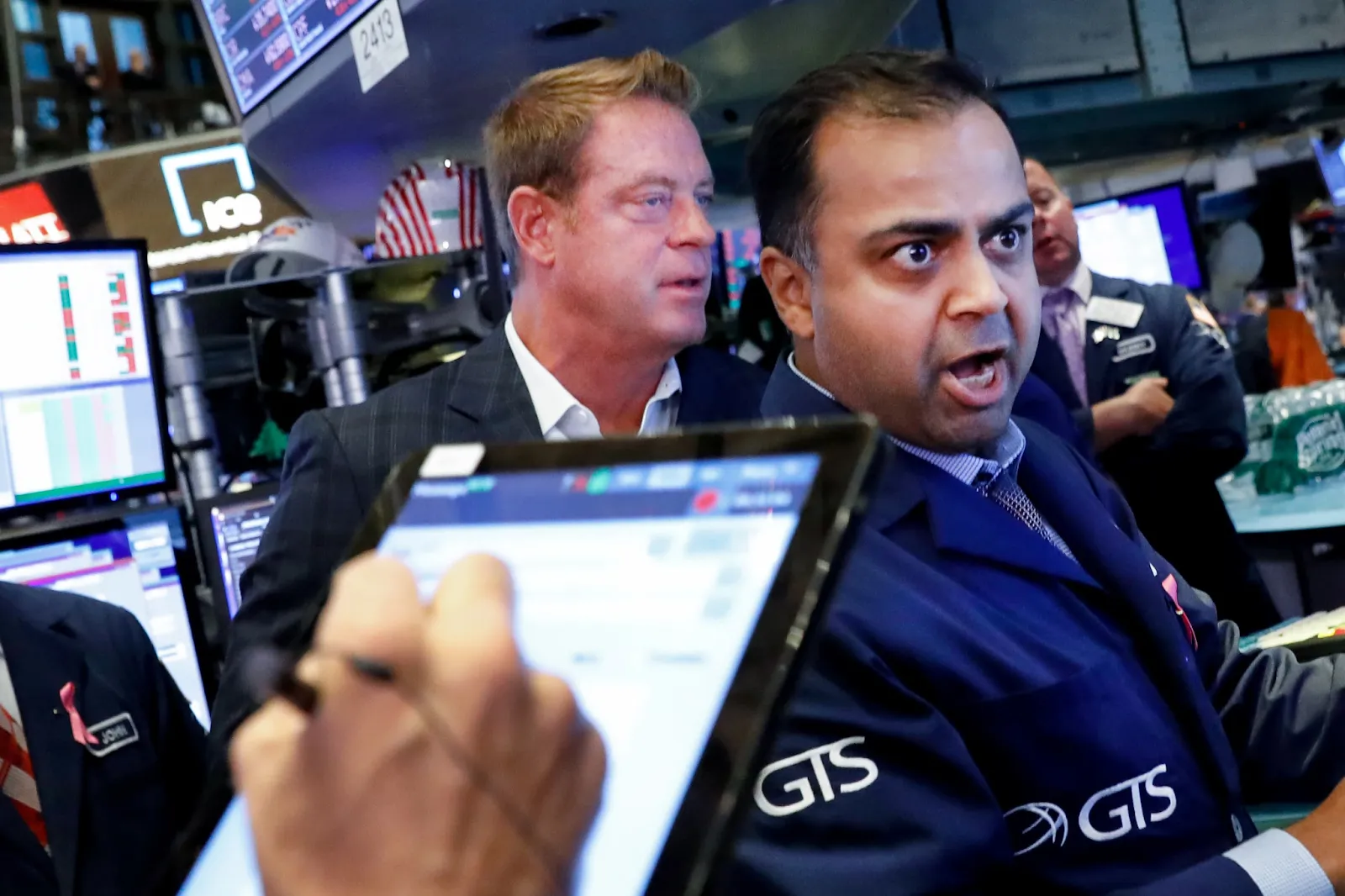Daily Trading in Zero-day Options Hits a Record of $1 Trillion, Fueling Concern About ‘Volmageddon 2.0’
Zero-day-to-expiration options are not for the faint of heart, but they have grown in popularity recently, raising concerns about market volatility.
According to JPMorgan statistics, daily notional volumes in these 0DTE options that track the S&P 500 index surged to a record $1 trillion. JPMorgan's head strategist, Marko Kolanovic, warns of the potential of "Volmageddon 2.0" if activity continues to rise. Nevertheless, the trading desk at Goldman Sachs described the record volume in these volatile futures as "staggering."
What are 0DTE options?
An option is a contract that grants the owner the right, but not the responsibility, to purchase or sell a particular quantity of an underlying asset at a predetermined price, known as the strike price, and on a predetermined date. Contracts with a zero-day expiry date expire the same day they are exchanged.
Because of the impending expiration date, 0DTE options are frequently linked to assets with strong liquidity, such as the SPDR S&P 500 ETF (SPY) and other popular equities and ETFs.
According to Goldman statistics, 0DTE contracts accounted for more than 40% of total S&P 500 options trading at the end of September, nearly tripling over the previous six months.
How does one profit from 0DTE options?
0DTE options allow traders to swiftly capitalize on positions, especially when there is a trigger to shift the prices. Buyers generally pay a very minimal premium for options with such a limited lifetime.
For example, an investor may purchase 0DTE call options on a company in the hopes that the earnings report would be better than predicted. The firm outperforms expectations and the stock skyrockets. The price of the option contract grows as the share price rises.
The investor might keep the contract until it expired and then get the 100 shares of stock. Conversely, he or she can sell the options contract before the expiration date at the contract's market price and pocket the difference.
‘Manufacturing Demand’
On the opposite side of this deal, the parties receiving the premium — often market makers — must now hedge their position by purchasing the underlying asset. If these options become popular, their hedge will grow in size as well.
"If there is a significant move when these options come in the money, and sellers are unable to sustain their positions, forced covering would result in extremely huge directional flows," Kolanovic said in a note. "In the present low liquidity environment, these movements might have a significant impact on markets."
Ivory Johnson, a financial adviser at Delancey Wealth Management, believes 0DTE options are creating demand for equities and contributing to extreme intraday movements in the broader market.
"The risk is that if volatility increases, this might make it worse," Johnson explained in an interview. "Especially if they do it on the downside, and then all of a sudden you get additional selling pressure, that's simply going to induce more and more hedging. Thus, the more individuals that do the same thing, the more instability there is."

Subscribe to our newsletter!
As a leading independent research provider, TradeAlgo keeps you connected from anywhere.








